During each migration season, Son Tra Peninsula becomes an ideal resting place for dozens of rare bird species flying from faraway regions to rest and feed. From October to May every year is the season for migratory birds to Son Tra, including wintering birds and birds that only visit for a short time.
Since the beginning of 2025, the locality has continued to record many encouraging signs about migratory birds, showing that Son Tra peninsula is still an important transit station in the migratory journey of birds, especially rare and endangered bird species.
Typically, from the beginning of April until now, in the Tho Quang coastal area, a species of Spotted-breasted Sandpiper (also known as Sandpiper, scientific name is Calidris tenuirostris) has appeared.
Large spotted-breasted stork appeared at Tho Quang Ward beach
PHOTO: DUONG THANH TUNG
This is one of the rare migratory birds listed in the World Red Book with the endangered classification (EN).
PHOTO: DUONG THANH TUNG
Ecology Master Nguyen Thi Tinh, manager of Nature Dance Nature Experience Education Center (Da Nang City), said this is the largest species of crab in the Calidris genus, with a body length of about 26 - 29 cm and a weight of 115 - 250 grams.
During the breeding season, this species has a distinctive spotted breast plumage with reddish-brown and black streaks; in winter, the plumage turns pale grey. The Spot-breasted Sandpiper breeds in the tundra of northeastern Siberia (Russia) and migrates thousands of kilometers to winter in coastal areas of Southeast Asia and Australia, including Vietnam.
These birds usually rest on coastal mudflats for only 3-7 days, depending on food and environment. They feed on clams, mussels, invertebrates in the mud or shrimp left behind from fishing boats.
Notably, one of the individuals recorded at Tho Quang Ward's coast carried the identification tag 7XU, belonging to the migratory bird tracking system in the East Asia - Australia flyway network.
This discovery shows that the Son Tra peninsula area, Da Nang beach in Tho Quang ward is not only a temporary stopover but also plays an essential role in the species' international migration corridor, while contributing to the global migratory bird conservation and monitoring network.
Migratory waterfowl stop to feed in ponds and marshes
PHOTO: DUONG THANH TUNG
Migratory birds forage in the reedy and shrubby wastelands of Son Tra Peninsula
PHOTO: DUONG THANH TUNG
The appearance of these rare birds in the heart of the city is a rare event, a special opportunity for Da Nang residents to admire and get close to wild nature right in their locality.
According to the Son Tra Nature Reserve Biodiversity Report, the bird fauna in Son Tra includes 162 species, belonging to 15 orders and 22 families, characterized by lowland forest birds, coastal birds and many migratory birds.
Stone quail
PHOTO: DUONG THANH TUNG
Small curved-beaked storks forage on Tho Quang beach
PHOTO: DUONG THANH TUNG
Son Tra - Ngu Hanh Son inter-district forest rangers said that although only about 4,370 hectares wide, Son Tra owns nearly 30% of the total number of bird species ever recorded in Vietnam - a very high rate among conservation areas in the country.
Many rare and priority bird species have been discovered here such as: Yellow-breasted Pipit (Emberiza aureola), Red-bellied Pit-tail (Fairy pitta), Black-headed Pipit (Halcyon pileata), Red-breasted Parrot (Psittacula alexandri), Grey-headed Parrot (Psittacula finschii)... That shows that the ecosystem here still maintains high biodiversity and has rich potential for conservation and research.
Rare bird in the city
"Son Tra is a special place where you can admire rare, beautiful and diverse bird species right in the heart of the city. Conducting research on bird biodiversity, combined with education on nature conservation, forest protection, improving marine environmental sanitation and developing ecotourism associated with bird watching activities is very important. These efforts not only help protect migratory birds but also contribute to protecting the local ecosystem, while raising public awareness of the value of nature conservation," said Ms. Nguyen Thi Tinh.
Daurian (Grey-fronted Rocky Mountain Redtail)
PHOTO: DUONG THANH TUNG
Snipe (waterfowl) stopping in the swamp
PHOTO: DUONG THANH TUNG
According to the GreenViet Biodiversity Conservation Center, given the special ecological value of the Son Tra peninsula, conservation organizations and local state management agencies have recently coordinated to monitor and research the bird fauna.
In particular, focus on promoting communication activities, conservation education, raising awareness among people and tourists about biodiversity protection, environmental protection and wildlife protection, limiting and preventing hunting and trapping of birds in particular and other animals and plants in general.
At the same time, strengthen forest protection, limit encroachment and preserve the marine environment, especially coastal alluvial flats where birds forage, preserve the foraging environment for migratory birds, and gradually build Son Tra peninsula into a friendly destination for wild birds.
Some other bird species in Son Tra peninsula area:
Brown armpit bird stops at the beach
PHOTO: DUONG THANH TUNG
Yunnan thrush forages in Son Tra mountain
PHOTO: DUONG THANH TUNG
Black-tailed gulls hunt over the water
PHOTO: DUONG THANH TUNG
Red-necked oriole
PHOTO: DUONG THANH TUNG
Blue-collared oriole
PHOTO: DUONG THANH TUNG
Green-backed oriole
PHOTO: DUONG THANH TUNG
Clay flute
PHOTO: DUONG THANH TUNG
Thanhnien.vn
Source: https://thanhnien.vn/chim-quy-hiem-do-ve-son-tra-ban-dao-xanh-da-nang-thanh-hanh-lang-quoc-te-185250602121204187.htm



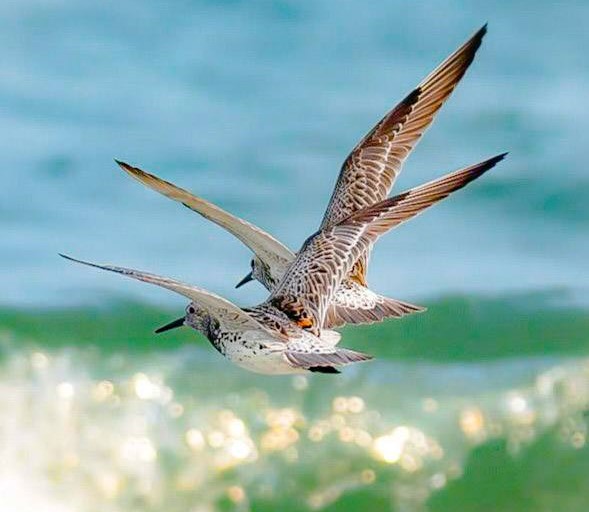

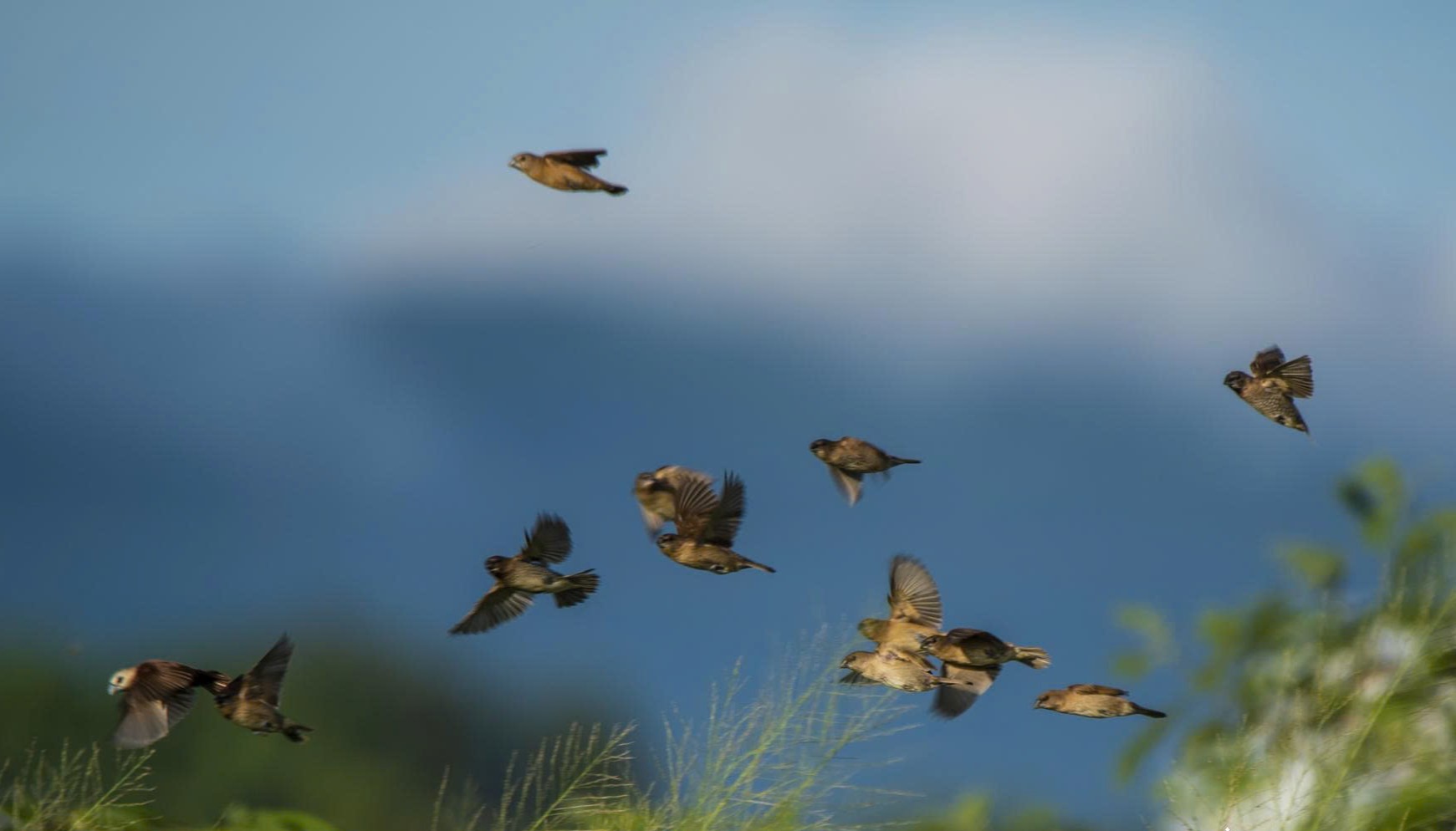
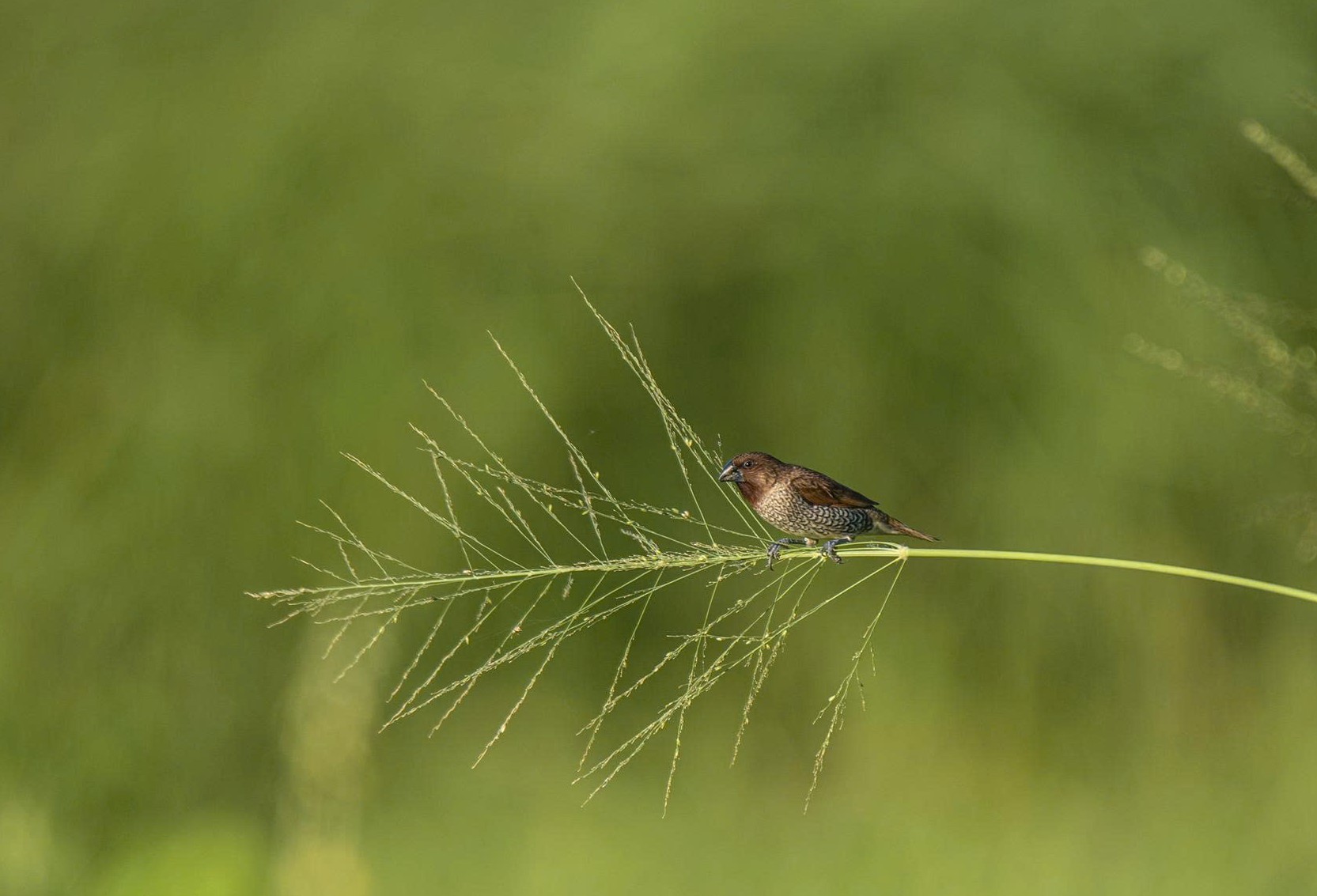
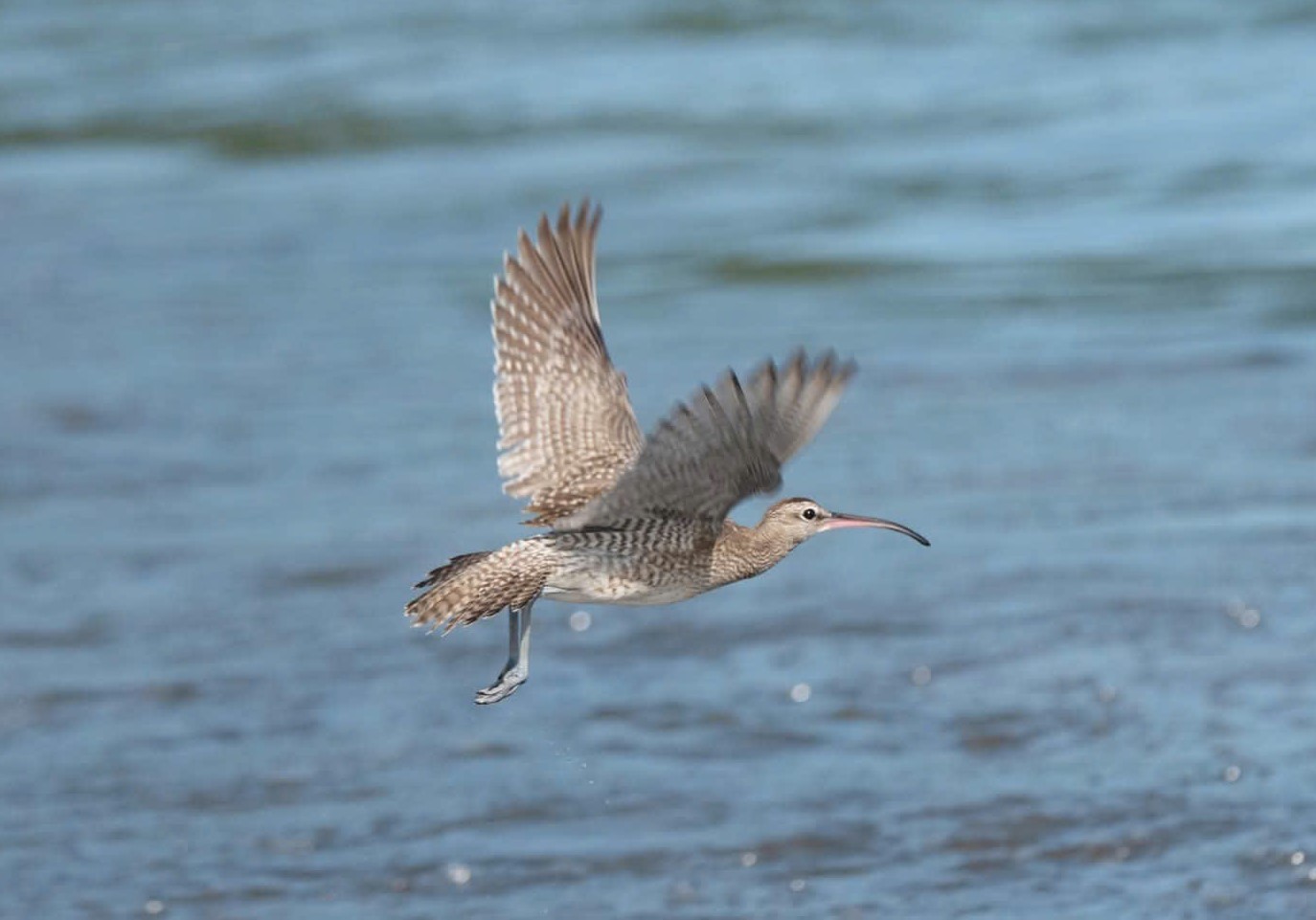
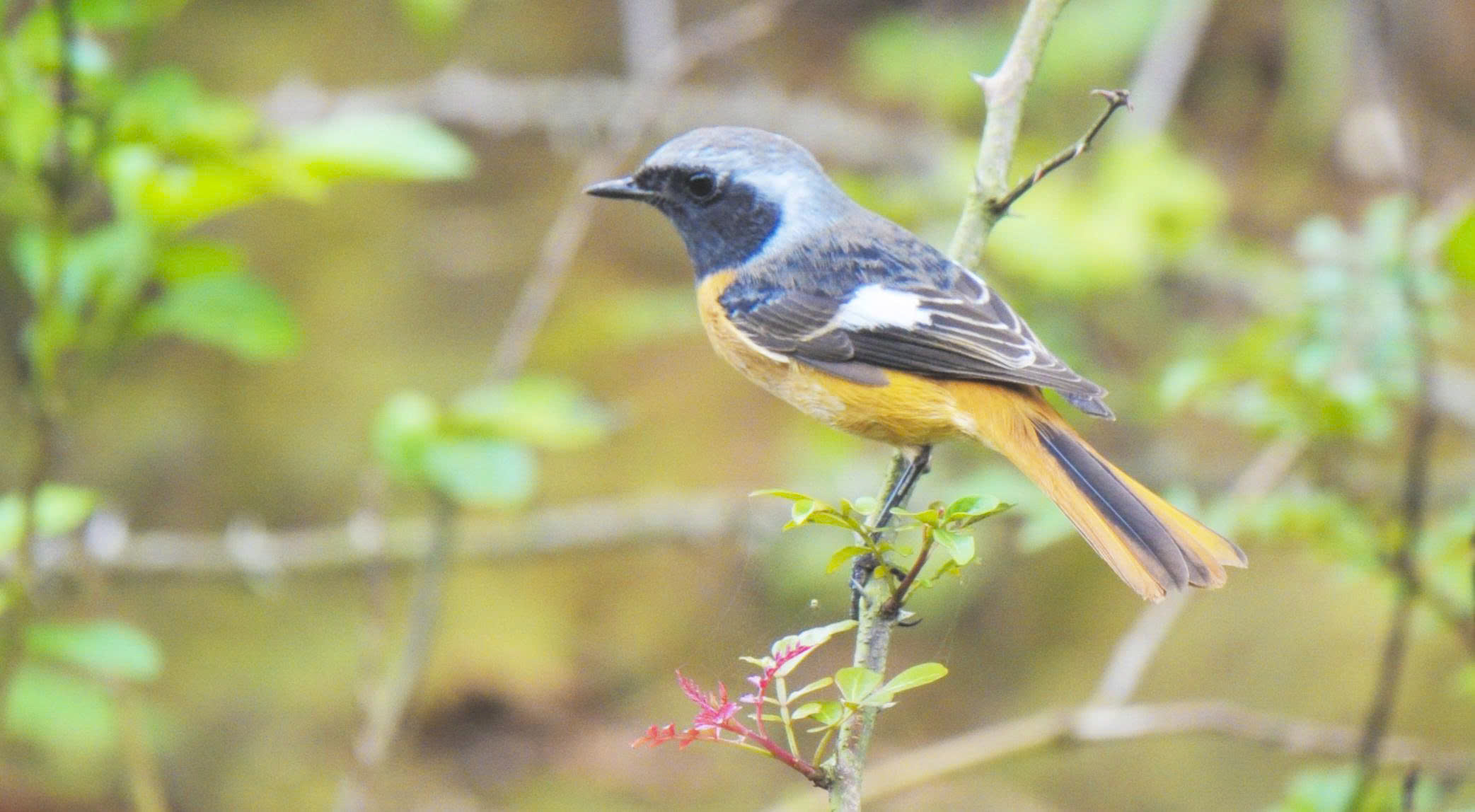
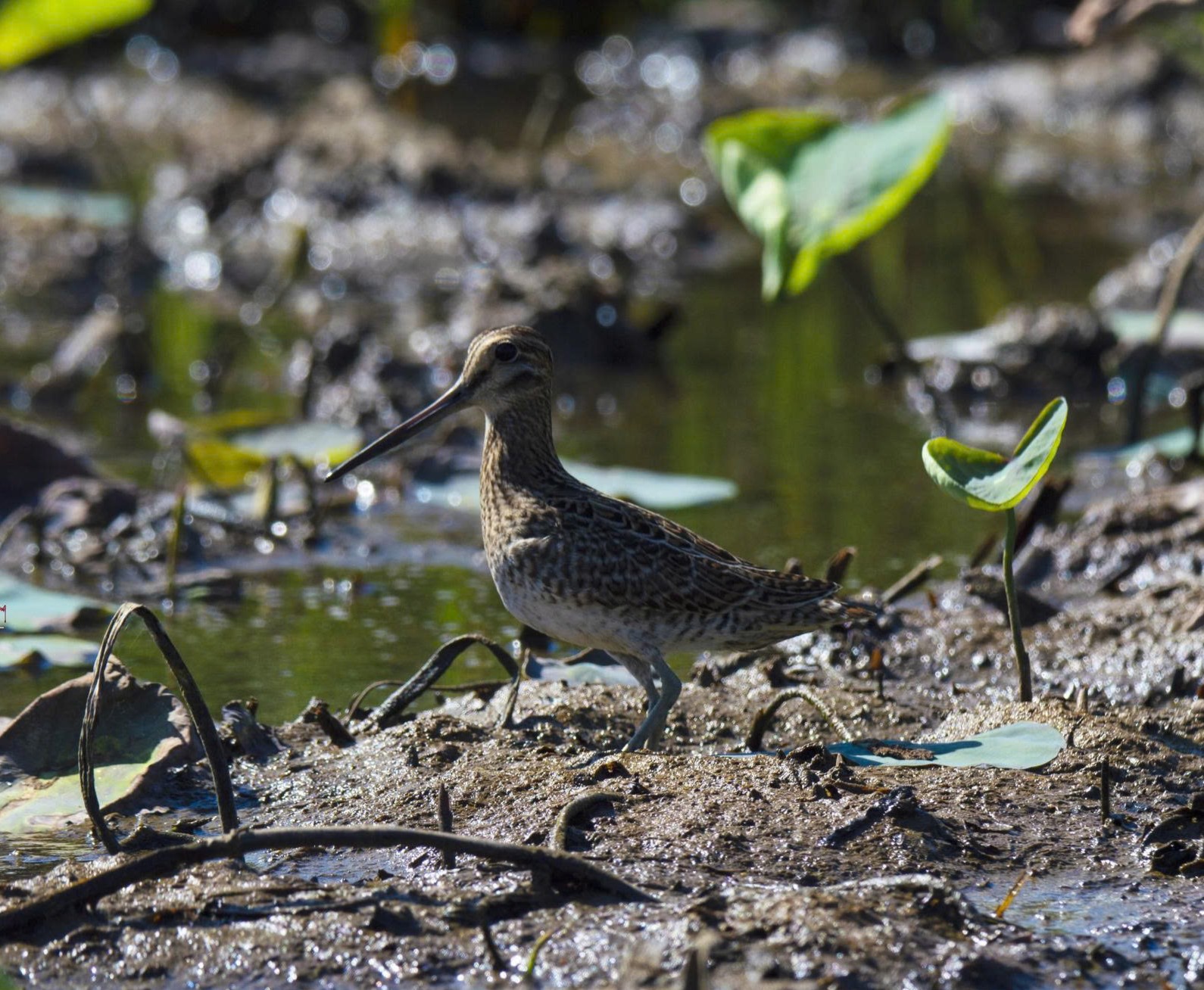
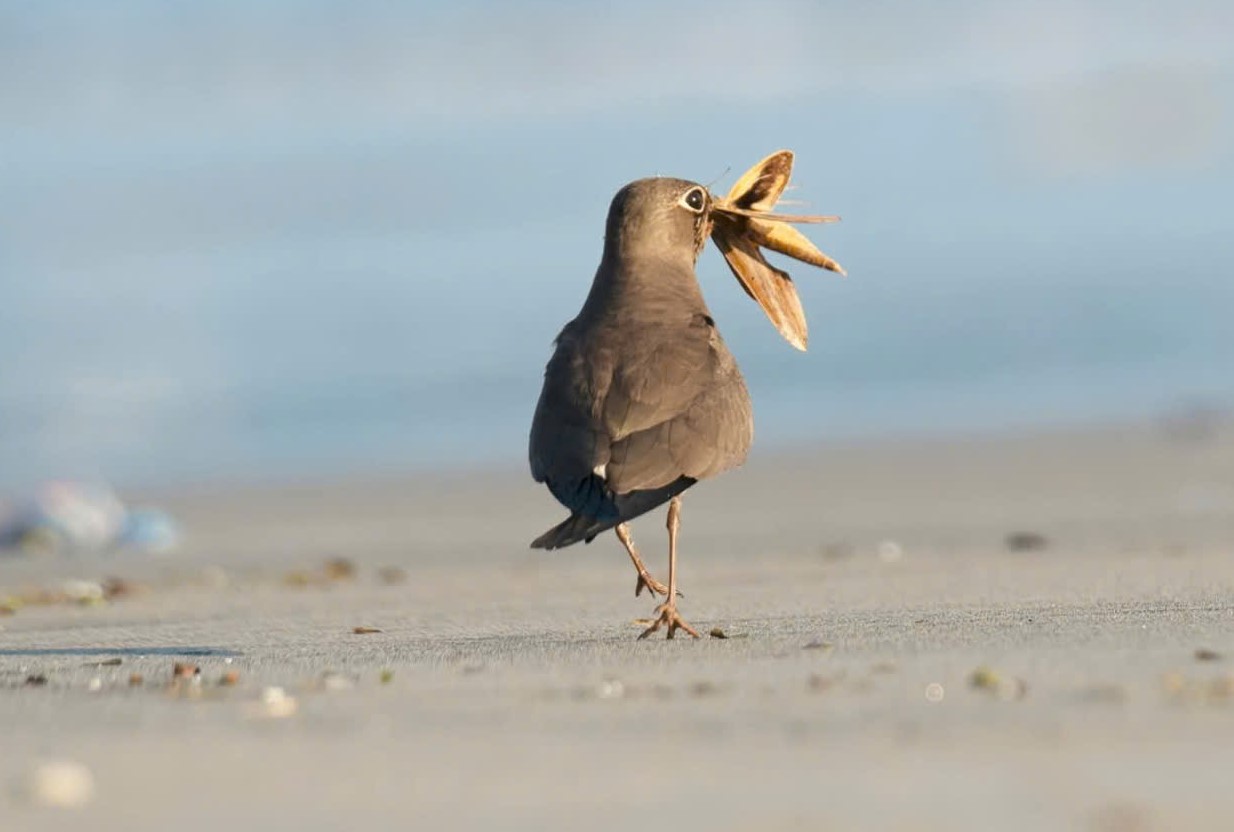

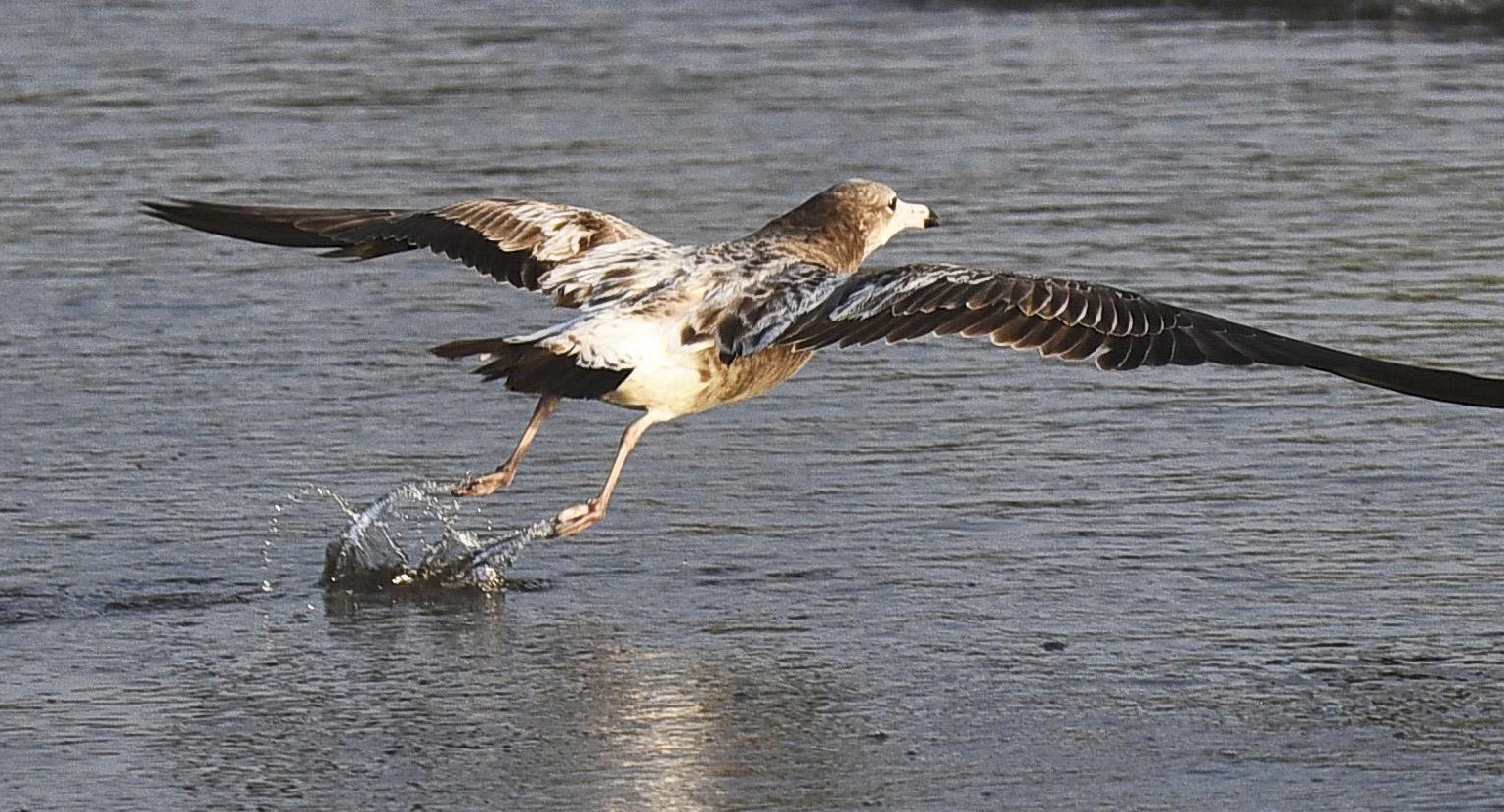
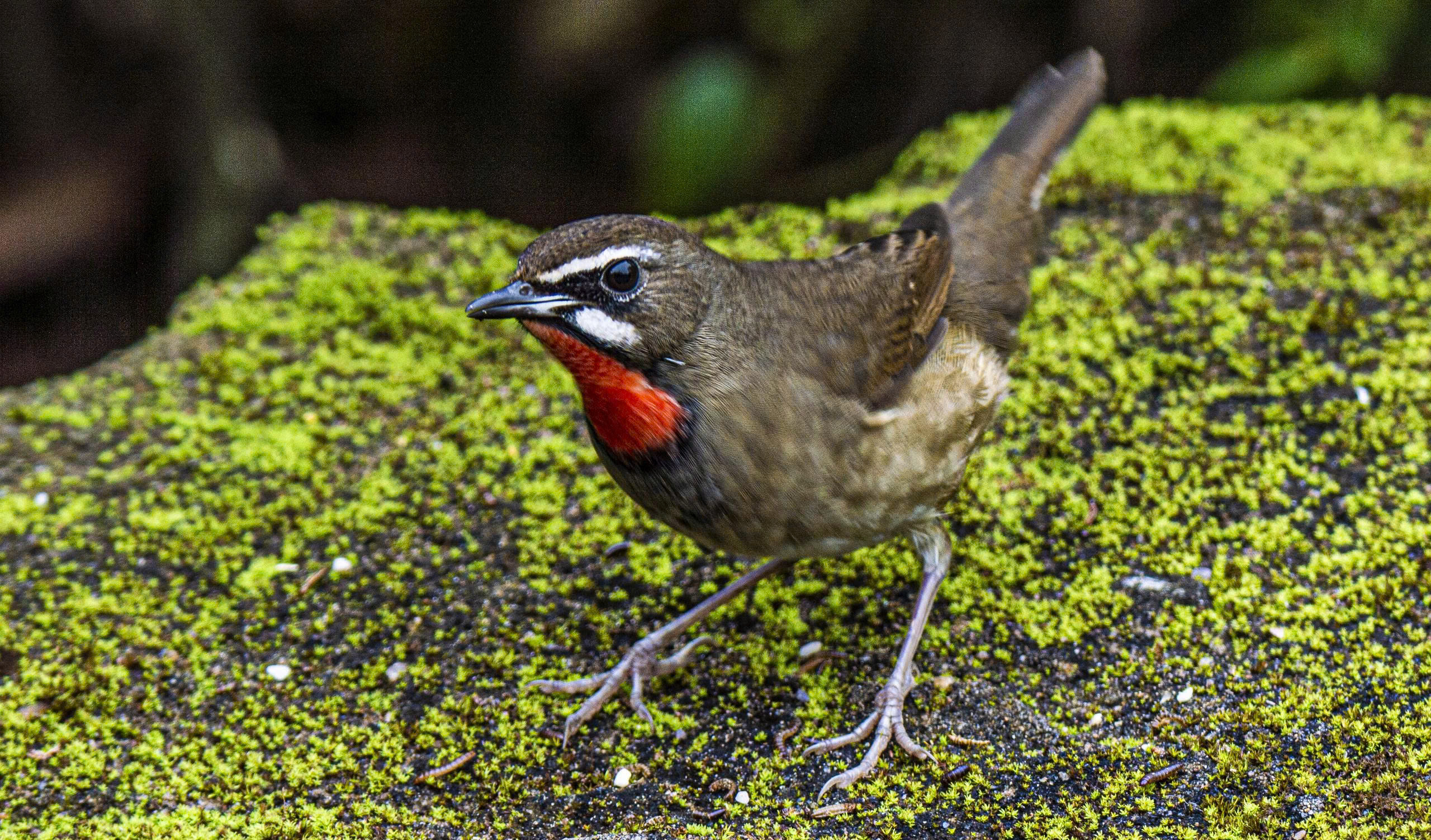
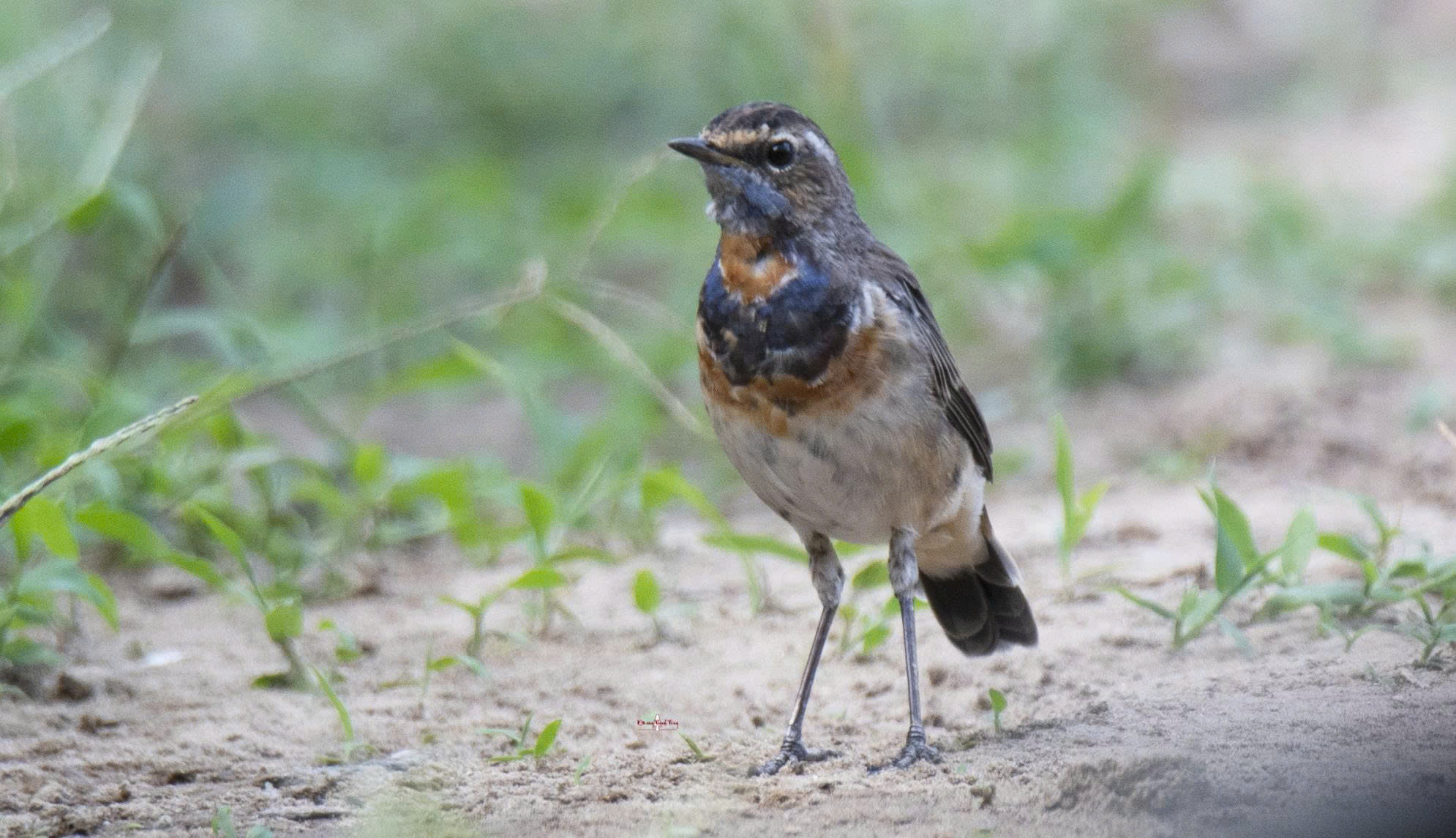
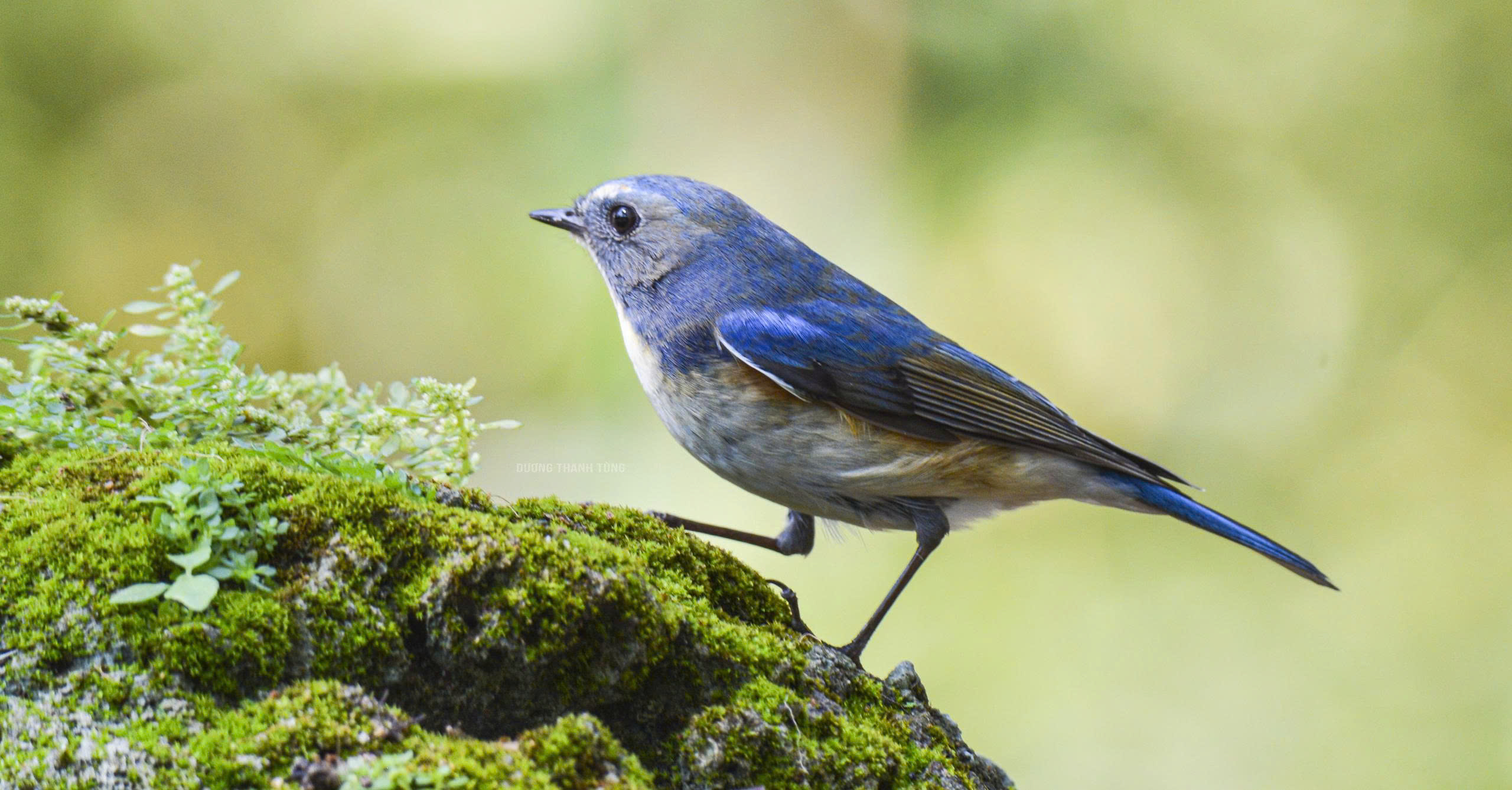

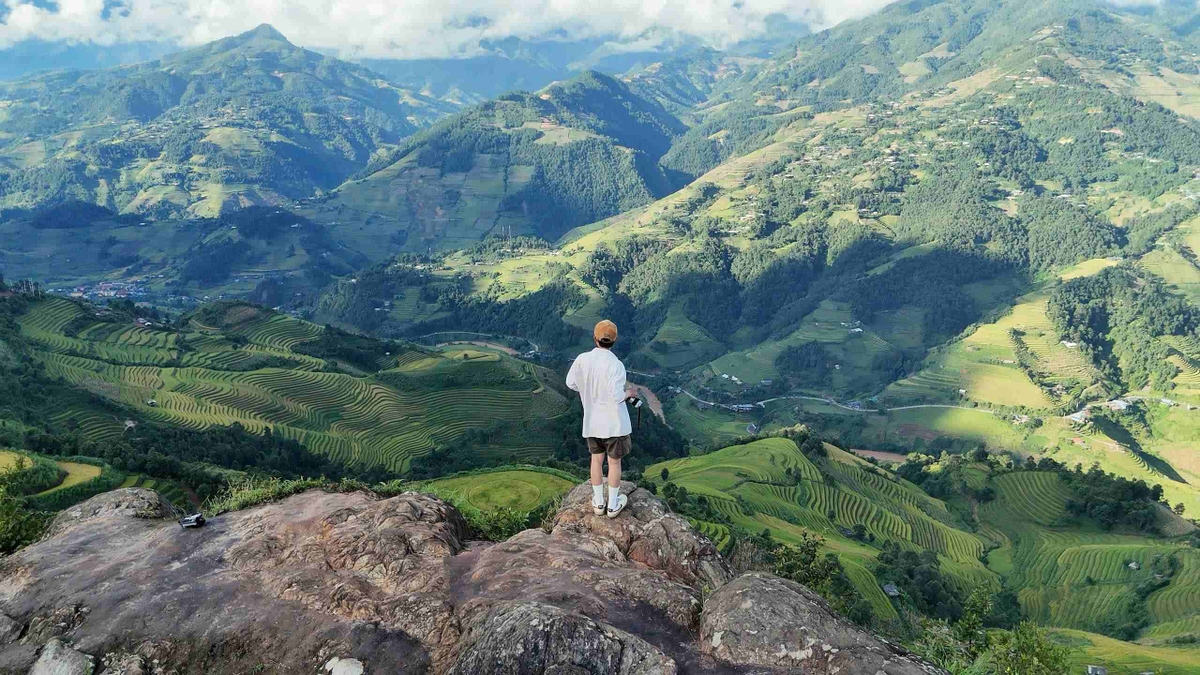
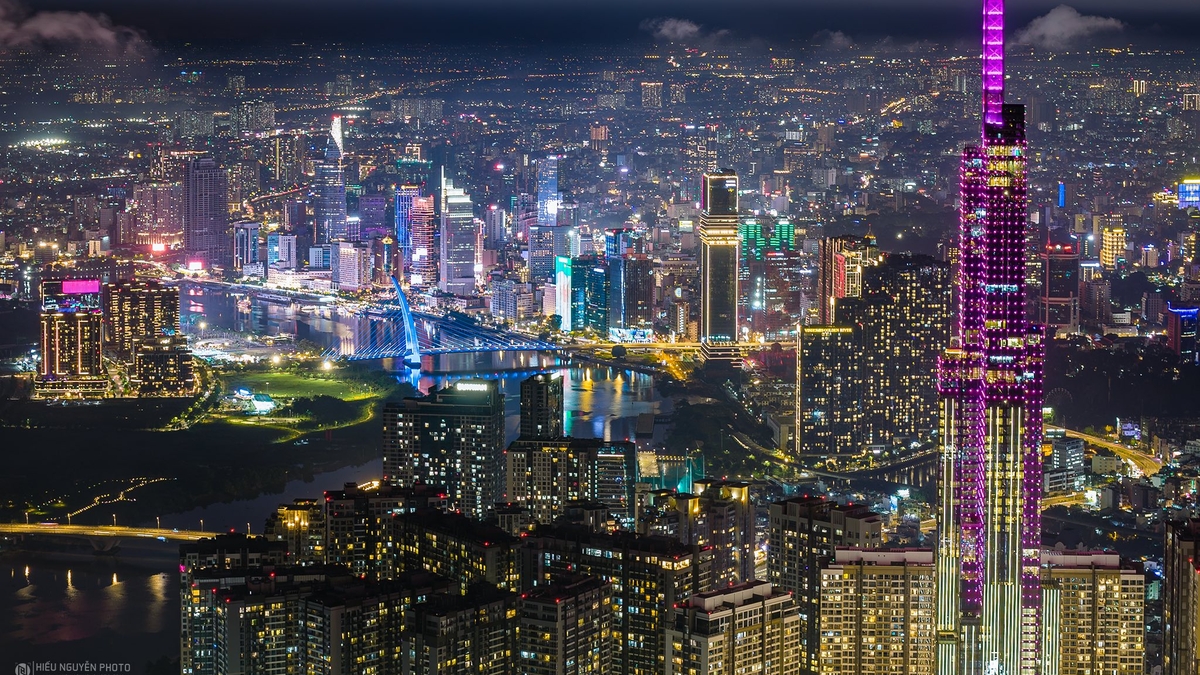

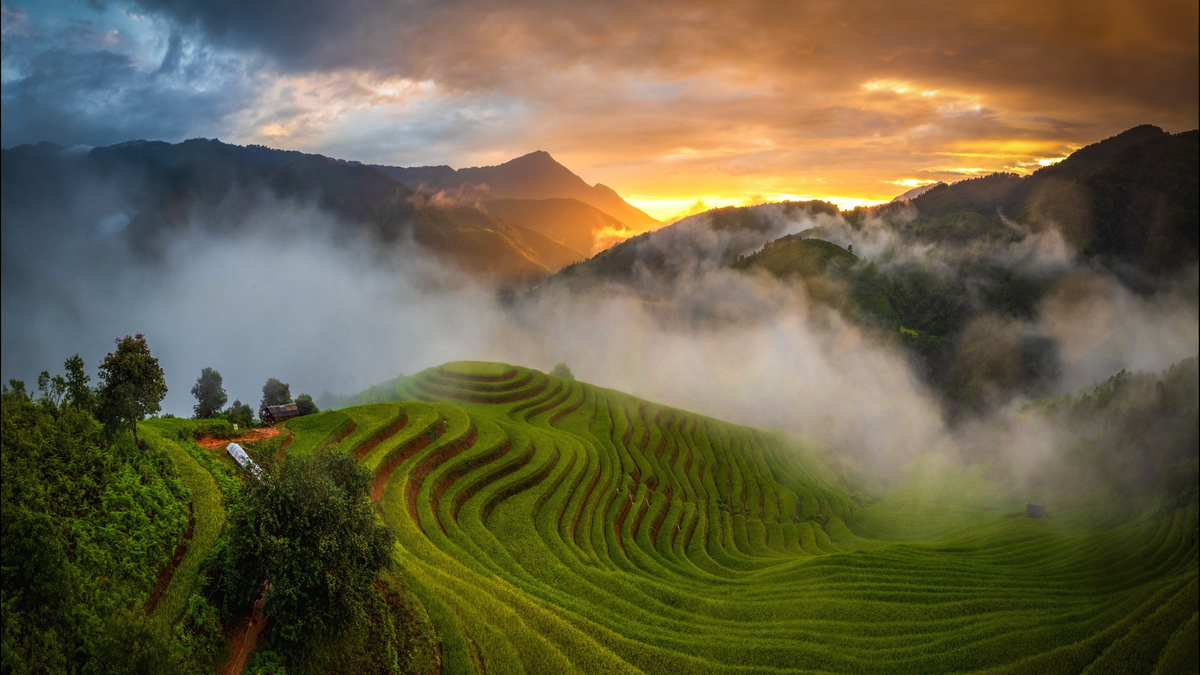






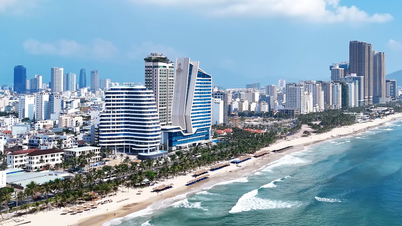




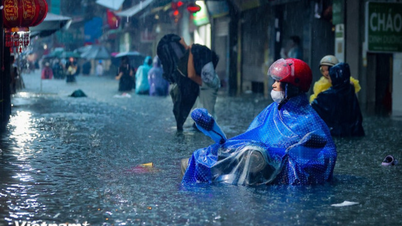








![[Photo] President of the Cuban National Assembly visits President Ho Chi Minh's Mausoleum](https://vphoto.vietnam.vn/thumb/402x226/vietnam/resource/IMAGE/2025/10/1/39f1142310fc4dae9e3de4fcc9ac2ed0)



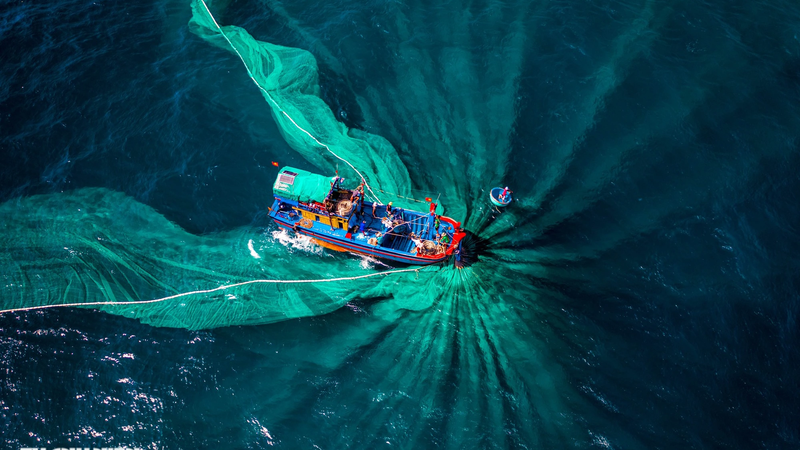
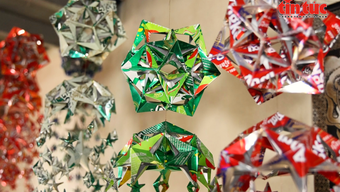


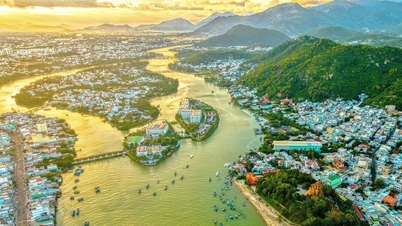

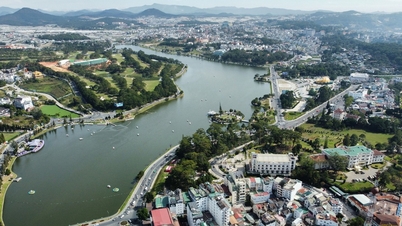


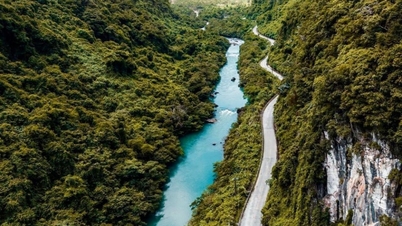



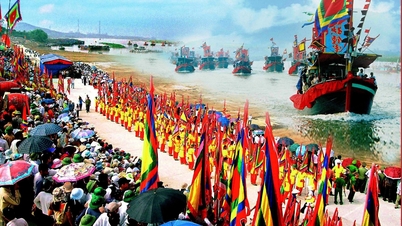





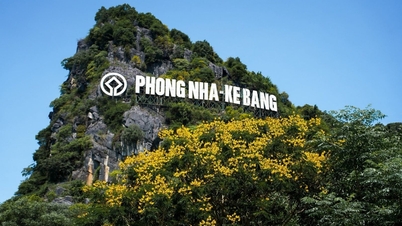
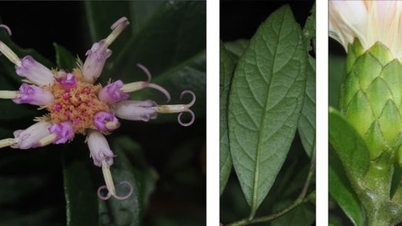

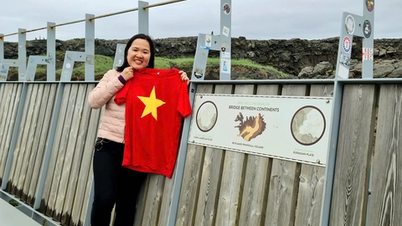
















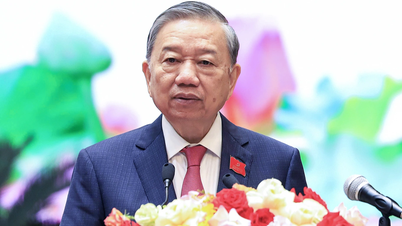






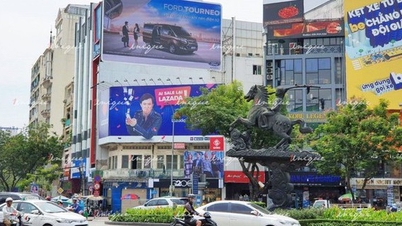
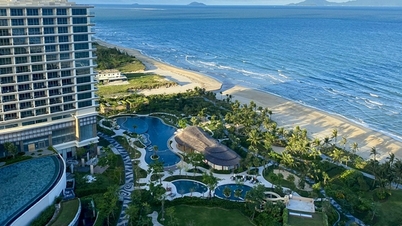



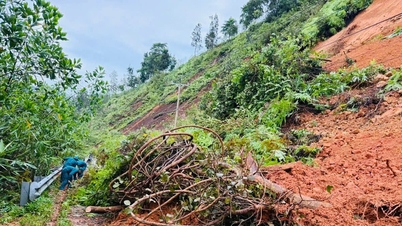

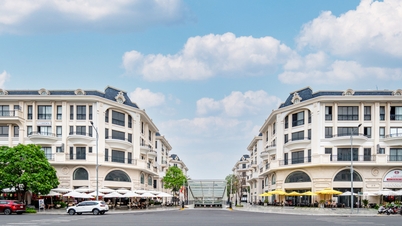












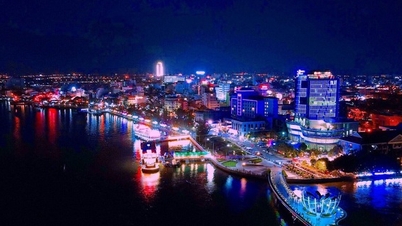





Comment (0)